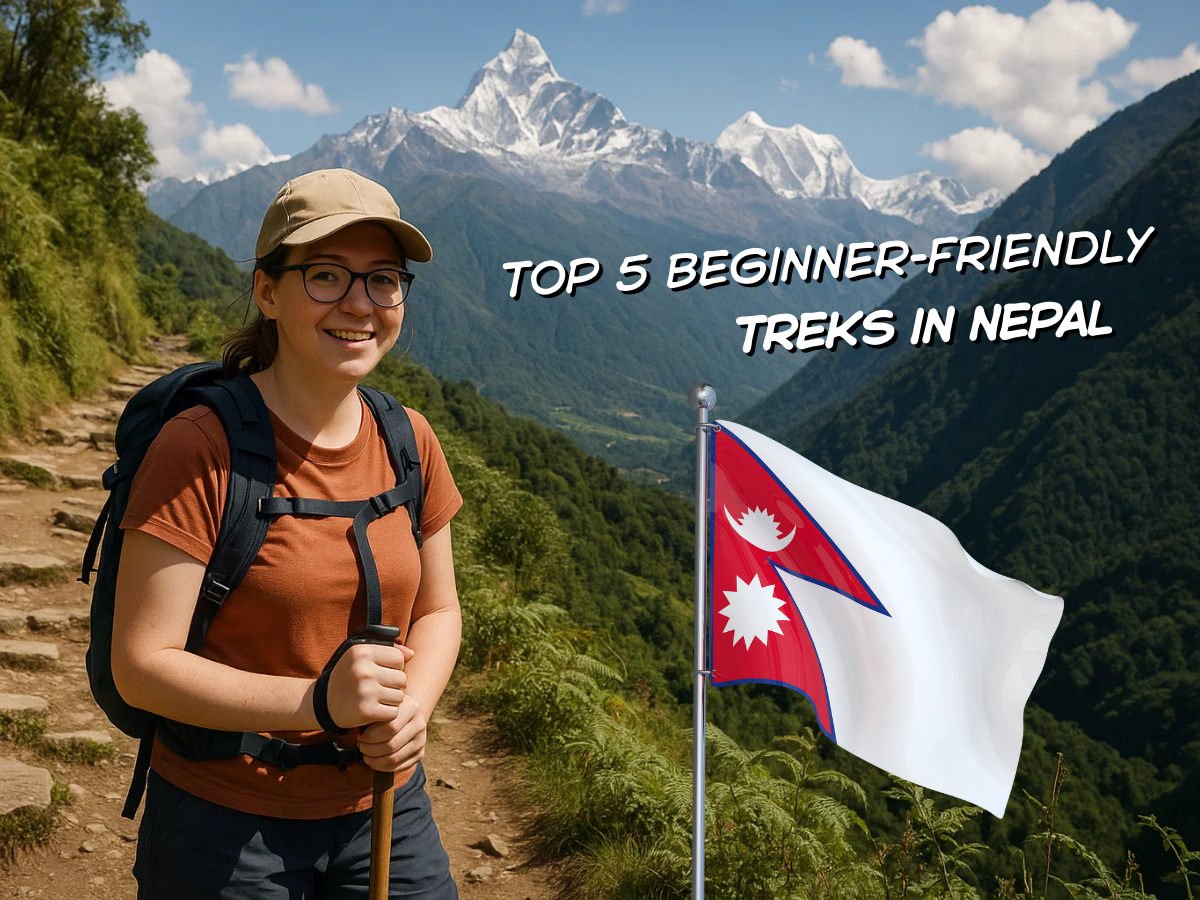
Dreaming of trekking to Annapurna Base Camp (ABC)? It’s a thrilling adventure, but mistakes can ruin the experience. Here’s how to avoid them and make your trek unforgettable.
1. Neglecting Altitude Sickness
Altitude sickness is a serious issue above 8,000 feet, and Annapurna Base Camp sits at 13,550 feet. Symptoms like nausea or headaches can worsen if not addressed.
How to prevent it:
Rest regularly to allow your body to adjust—places like Ghorepani are ideal.
Drink at least 3 liters of water each day to stay hydrated.
Carry medicines like Diamox, but only after consulting your doctor.
💡 Fact: 20-40% of trekkers above 10,000 feet experience altitude sickness.
2. Overpacking or Underpacking
Carrying excessive gear slows you down, but leaving essentials behind can leave you unprepared.
Pack wisely:
Layered clothing for varying temperatures (from 50°F to 14°F).
Waterproof boots to avoid blisters and wet feet.
Lightweight trekking poles to reduce knee strain.
💡 Stat: Your backpack shouldn’t weigh more than 10-12% of your body weight.
3. Skipping Fitness Prep
Thinking you’ll get fit on the trek? That’s a mistake. Annapurna’s steep paths demand physical preparation.
Get ready with these tips:
Walk 5-7 miles daily while carrying a backpack.
Incorporate cardio exercises like running or cycling for stamina.
Strengthen your legs and core with targeted exercises.
💡 Fact: Trekkers burn around 3,000-4,000 calories daily on the trek.
4. Ignoring Weather Updates
The weather in Annapurna can be unpredictable. Failing to prepare for sudden rain, fog, or snow can ruin your experience.
Plan your trek during the best season:
Best times: March-May (spring) and October-November (autumn).
Avoid: June-August due to heavy monsoon rains and slippery trails.
💡 Fact: Annapurna receives over 39 inches of rain annually, mostly during monsoon months.
5. Not Hiring a Guide or Porter
Skipping guides or porters to save money can lead to unnecessary challenges.
Why they’re essential:
Local Guides know the safest routes and prevent you from getting lost.
Porters carry your bags, letting you enjoy the trek stress-free.
💡 Stat: Guides cost $25-$30 per day, while porters cost $20-$25 daily.
6. Forgetting Required Permits
Trekking without permits can result in fines or being stopped mid-trail.
Essential permits include:
TIMS Card: $20 per person.
Annapurna Conservation Area Permit (ACAP): $30 per individual.
💡 Fact: More than 150,000 trekkers visit Annapurna annually, and permits help regulate this flow.
7. Consuming Unsafe Food or Water
Unhygienic food or unclean water can lead to stomach issues that disrupt your trek.
Stay safe by:
Choosing local meals like dal bhat, which are fresh and nutritious.
Avoiding tap water; instead, use a water purifier or tablets.
💡 Fact: One in four trekkers in Nepal faces stomach issues from unsafe food or water.
8. Mismanaging Your Budget
Underestimating expenses can leave you stranded. Budget wisely to cover all costs.
Daily expenses include:
Teahouse accommodations: $3-$10.
Meals: $20-$30.
Extras like charging devices or Wi-Fi: $5-$10.
💡 Stat: Annapurna Base Camp trekking costs $500-$700 for an 8-10 day trip.
9. Rushing the Trek
Completing the trek too quickly can lead to altitude sickness and missed scenic moments.
Ideal pace:
Spend 7-12 days on the trek.
Rest in scenic spots like Jhinu Danda and enjoy the hot springs.
💡 Fact: Most trekkers complete the Annapurna trek in 9 days.
10. Disrespecting Local Culture
The Annapurna region is rich in traditions, and disrespect can offend locals.
Follow these cultural tips:
Greet with “Namaste” to show respect.
Dress modestly, especially in villages.
Avoid public displays of affection.
💡 Fact: Nepal has over 125 ethnic groups with unique traditions.
11. Skipping Travel Insurance
Travel insurance is vital for high-altitude trekking. Helicopter evacuations can cost up to $5,000 without it.
Ensure your insurance covers:
Trekking above 13,000 feet.
Emergency evacuation and medical treatment.
💡 Fact: Over 1,000 trekkers are evacuated annually from Nepal’s trekking routes.
12. Not Enjoying the Journey
Focusing only on reaching Annapurna Base Camp means missing the beauty along the way.
What to appreciate:
Stunning views of Machapuchare and Annapurna I.
Meeting Gurung and Magar locals.
Walking through lush forests and terraced fields.
💡 Fact: Annapurna I stands at 26,545 feet, the 10th highest peak in the world.
Final Words
The Annapurna Base Camp trek is an unforgettable adventure that comes once in a lifetime. Avoid these mistakes to make it safe and enjoyable. Plan carefully, honor the local culture, and allow yourself the time to appreciate the stunning beauty of the Himalayas truly. Proper planning ensures you’ll savor every step of this incredible trek!





Write a comment ...